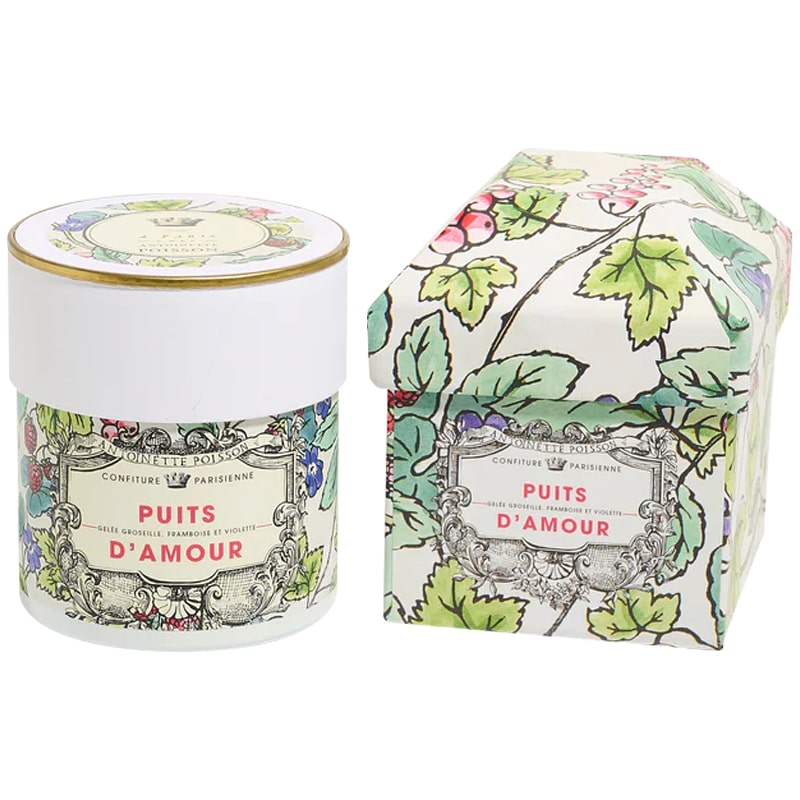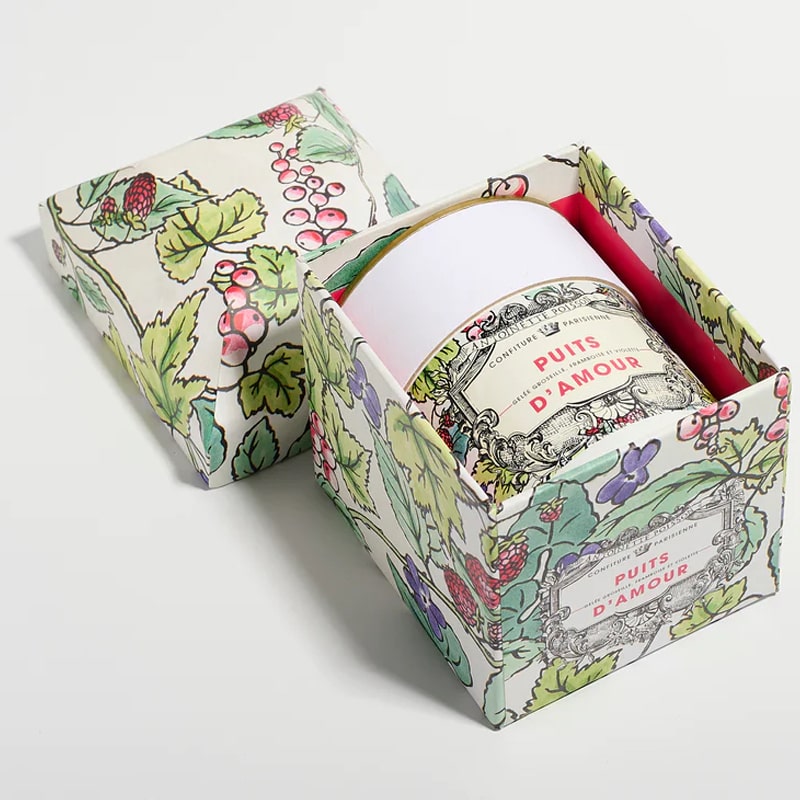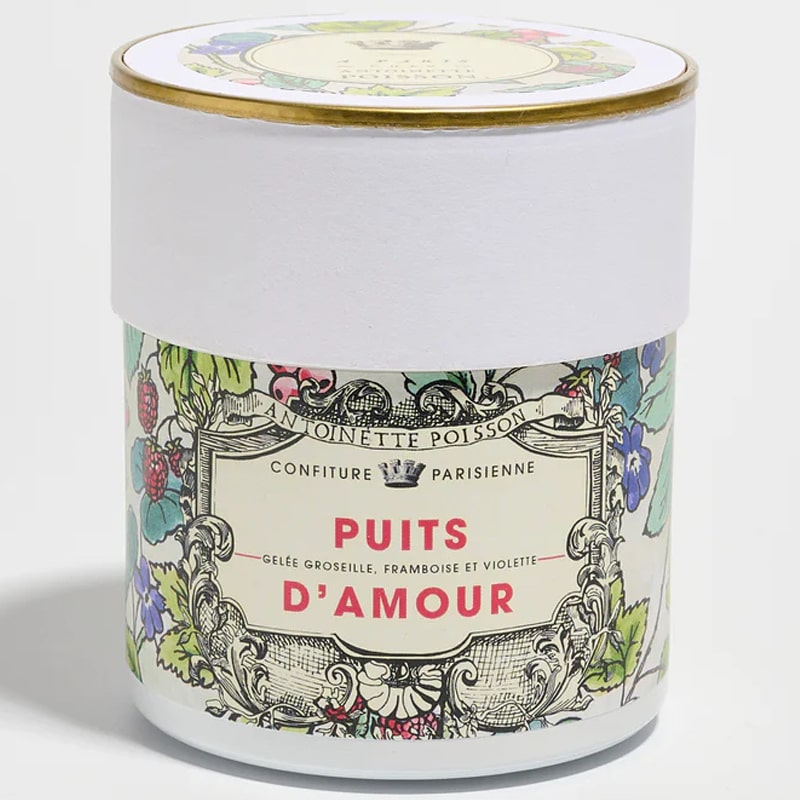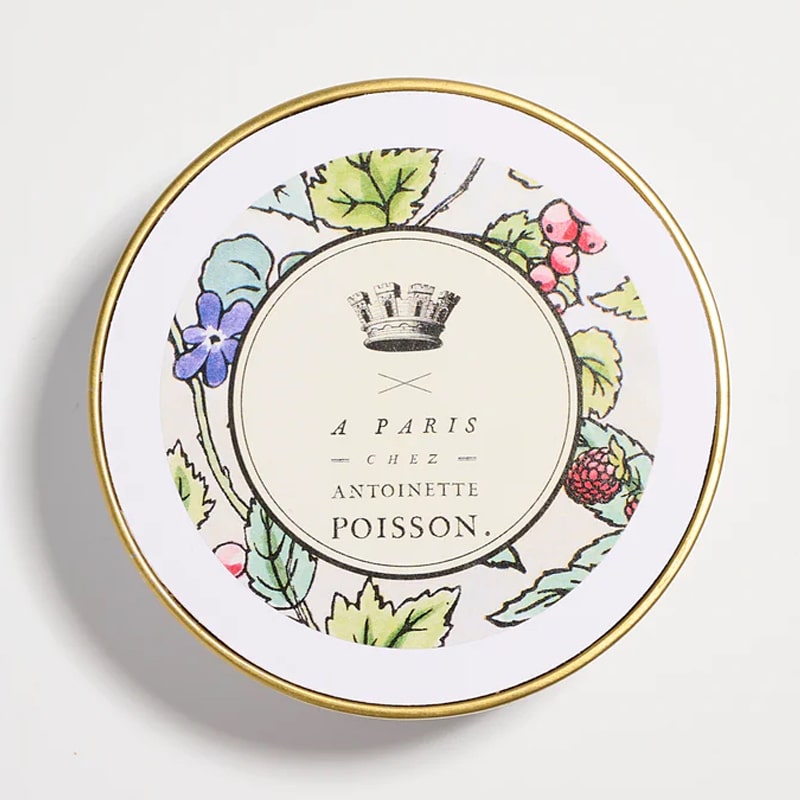



Puits d'Amour x A Paris chez Antoinette Poisson
SKU: 44920
Redcurrant, Raspberry and Violet Jelly.
Confiture Parisienne and Antoinette Poisson come together thanks to the original creation of a jam. Antoinette Poisson was the name of the Pompadour, favorite of Louis XV. Louis XV ordered for her the tastiest of desserts conceivable from her best pastry chefs.
It was the "Well of Love", a cake with the best jam ever imagined at the time. The secret was then forgotten and the Well of Love is now made with custard. The true recipe was forgotten until Confiture Parisienne rediscovered the secret of this wonderful recipe, unchanged since Louis XV.
Sweet: On toast, crepe, brioche, or white cheese.
These statements have not been evaluated by the Food and Drug Administration. This product is not intended to diagnose, treat, cure, or prevent any disease.
Ingredients may be subject to change. The most accurate and up to date product ingredient list can also found on the product packaging.
Since ancient times, foodies have developed various recipes for preserving fruits by cooking them with wine or honey.
But to taste jams as we know them, you have to wait for the first crusades and the introduction of cane sugar from the Arab world. This luxury food allows the transformation of fruit into jam, only reserved for royal tables. At the beginning of the 19th century, the production of beet sugar democratized this product. In Paris, many jam makers opened their stalls and supplied themselves with fruit from the surrounding orchards.






